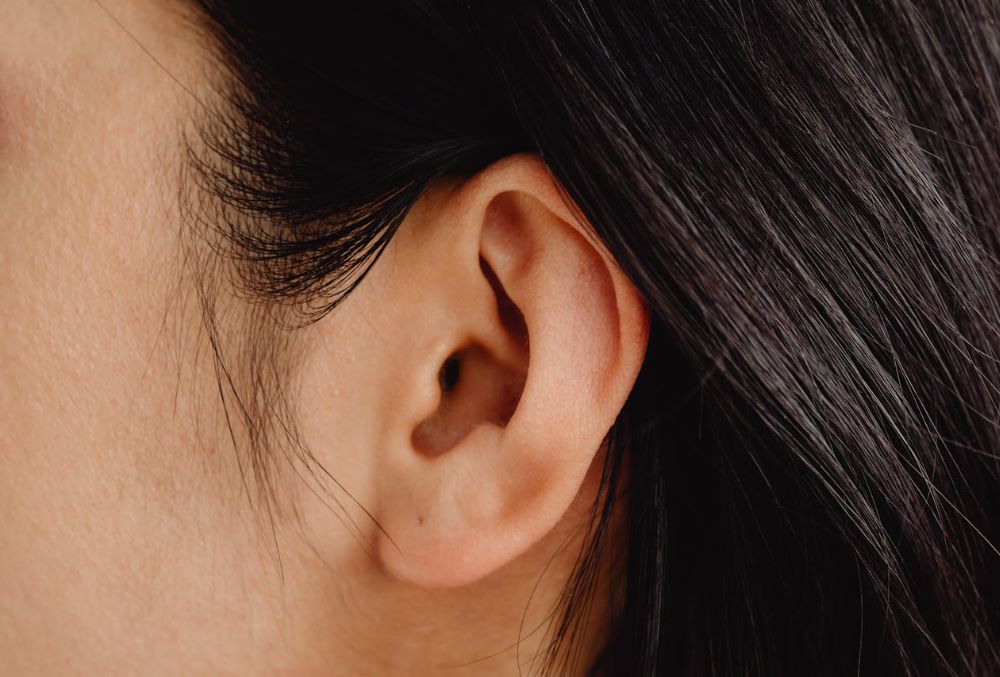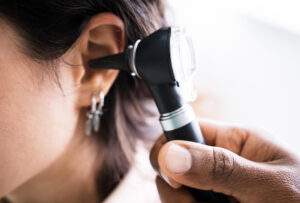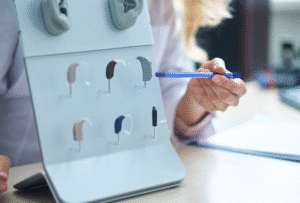From the gentle rustling of leaves to the melodies of our favorite songs, our hearing plays a vital role in how we experience and connect with the world around us. While age-related hearing loss is a natural part of aging, there are steps we can take to maintain and even improve our hearing health. But can we really train our ears to hear better?
This comprehensive guide will explore a variety of exercises and strategies designed to promote auditory wellness and keep your ears sharp. From physical exercises that boost blood flow to mental workouts that enhance auditory processing, we’ll delve into the science behind these techniques and provide practical tips for incorporating them into your daily routine.
Can You Do Exercises to Improve Hearing?
While there’s no magic bullet to instantly reverse hearing loss, certain exercises and practices can indeed help maintain and even improve your hearing health. These exercises focus on different aspects of auditory wellness, from enhancing blood flow to the ears to sharpening your brain’s ability to process sounds.
It’s important to note that these exercises are not a substitute for professional hearing healthcare. If you suspect you have hearing loss, it’s crucial to consult a hearing health center for a comprehensive hearing test in the Philippines and appropriate intervention. However, incorporating these exercises into your routine can complement professional care and contribute to your overall auditory well-being.
6 Exercises to Maintain Hearing Health
Just as physical exercise keeps our bodies fit, certain exercises can help maintain and even improve our hearing health. Let’s explore six types of exercises and delve into how these practices can contribute to your overall auditory wellness:
1. Cardiovascular Exercises
Cardiovascular exercises, such as brisk walking, jogging, swimming, or cycling, get your heart pumping and improve blood flow throughout your body, including to your ears. This increased blood flow delivers essential nutrients and oxygen to the delicate structures of the inner ear, promoting their health and function.
Aim for at least 30 minutes of moderate-intensity cardiovascular exercise most days of the week. This can be broken down into shorter sessions throughout the day if needed. Regular cardiovascular exercise not only benefits your heart and overall health but also contributes to maintaining healthy ears and sharp hearing.
2. Neck Stretches
Gentle neck exercises can help improve blood circulation to the head and neck region, which may improve your hearing. These stretches can also help relieve tension in the muscles around the neck and jaw, which can sometimes contribute to ear discomfort or tinnitus.
Try simple neck stretches like slowly rotating your head from side to side, tilting your head forward and backward, or gently bringing your ear towards your shoulder. Hold each stretch for a few seconds and repeat several times. Incorporating these stretches into your daily routine can promote relaxation, improve blood flow, and support healthy ears.
3. Sound Localization Exercises
Sound localization is the ability to identify the direction from which a sound is coming. This skill relies on the brain’s ability to process auditory cues and is essential for navigating our environment.
To practice sound localization, try this exercise: close your eyes and have a friend or family member make a sound, such as clapping their hands or ringing a bell, from different locations around you. Try to pinpoint the direction of the sound. This exercise can help sharpen your auditory processing skills and improve your ability to locate sounds in your environment.
4. Deep Breathing Exercises

Deep breathing exercises can help improve oxygen flow to the brain and reduce stress, which can benefit your overall health and well-being, including your hearing. Stress can sometimes exacerbate tinnitus or other hearing-related issues, so managing stress through deep breathing can be beneficial.
Find a quiet space, sit or lie down comfortably, and close your eyes. Take slow, deep breaths, inhaling through your nose and exhaling through your mouth. Focus on your breath and try to clear your mind of any distractions.
5. Speech-in-Noise Exercises
Understanding speech in noisy environments can be challenging, especially for those with hearing loss. Speech-in-noise exercises can help train your brain to better filter out background noise and focus on the desired speech signal.
There are various online resources and apps that offer speech-in-noise exercises. These exercises typically involve listening to speech with varying levels of background noise and trying to identify the words or sentences being spoken. Regular practice can improve your ability to understand speech in challenging listening situations.
6. Mental Exercises
Keeping your mind sharp and engaged can also benefit your hearing health. Mental exercises, such as puzzles, crosswords, or learning a new language, challenge your brain and promote cognitive function, which is essential for processing auditory information.
Engaging in mentally stimulating activities can help maintain and even improve your auditory processing skills, memory, and attention span. This can contribute to better communication and a richer auditory experience.
Could Your Ear Pressure be Hearing Loss?
While ear pressure is often a temporary discomfort, it’s important to be aware that it can sometimes be a sign of an underlying ear condition, including hearing loss. If you experience persistent ear pressure accompanied by other symptoms like muffled hearing, tinnitus (ringing in the ears), or dizziness, it’s crucial to seek professional guidance.
By taking a hearing test in the Philippines, you can gain valuable insights into your hearing status and identify any potential underlying issues that may be contributing to your ear pressure. This non-invasive test measures the brain’s response to sounds, providing a detailed assessment of the auditory pathways. Early detection and intervention are crucial for managing hearing loss and preventing further complications, so don’t hesitate to seek professional guidance if you have concerns about your hearing health.
Tune In: Nurturing Your Auditory Landscape
Maintaining healthy hearing is an ongoing journey, a symphony of care that harmonizes with your overall well-being. By incorporating these exercises and strategies into your routine, you’re not just passively accepting the natural changes that come with age; you’re actively engaging with your auditory landscape, nurturing its vitality, and ensuring you can continue to savor the richness of sound for years to come. This proactive approach demonstrates how to improve hearing health and preserve your ability to connect with the world through sound.









